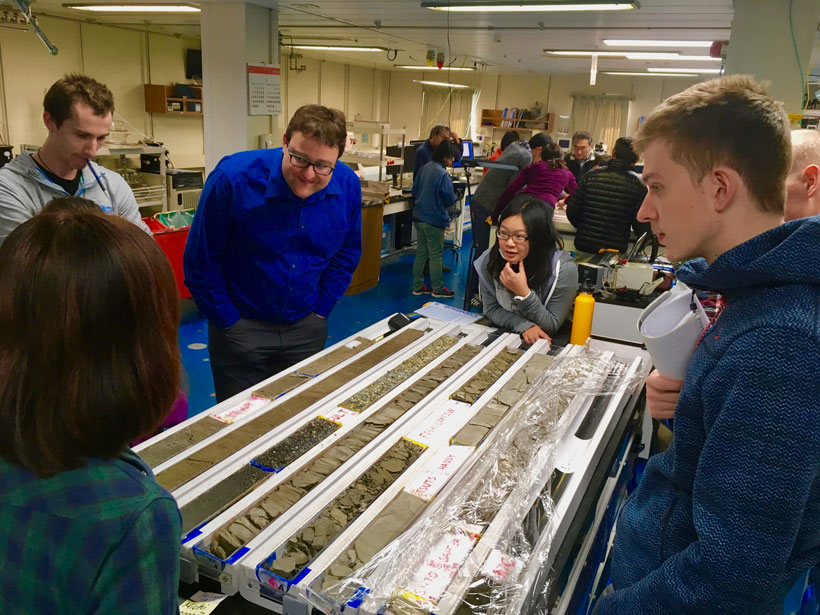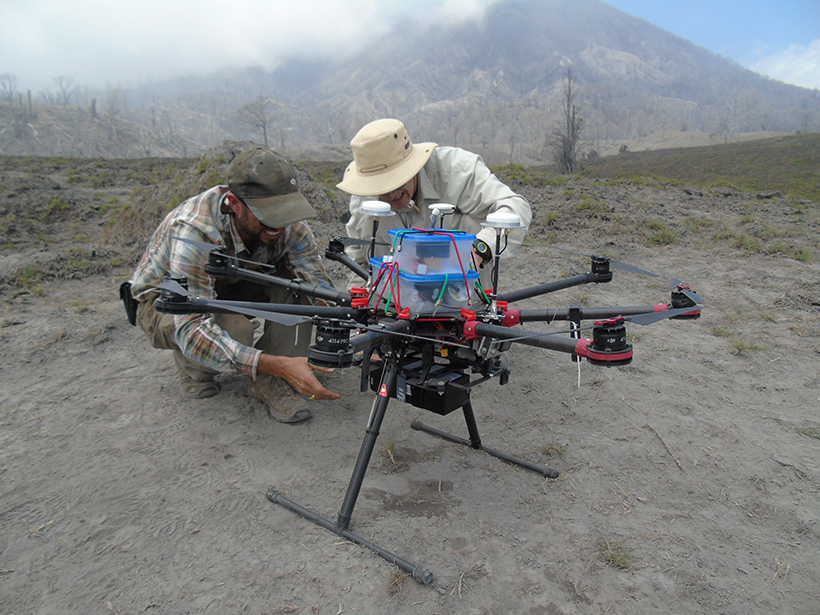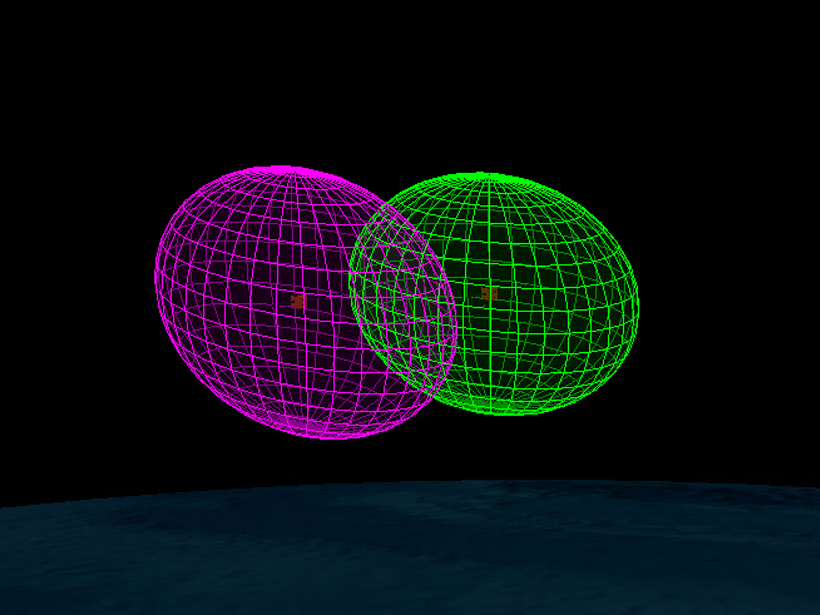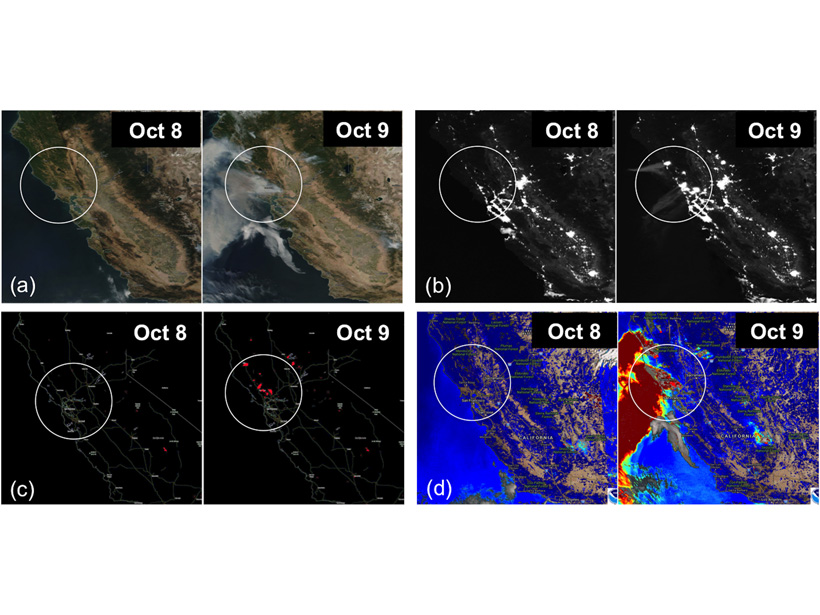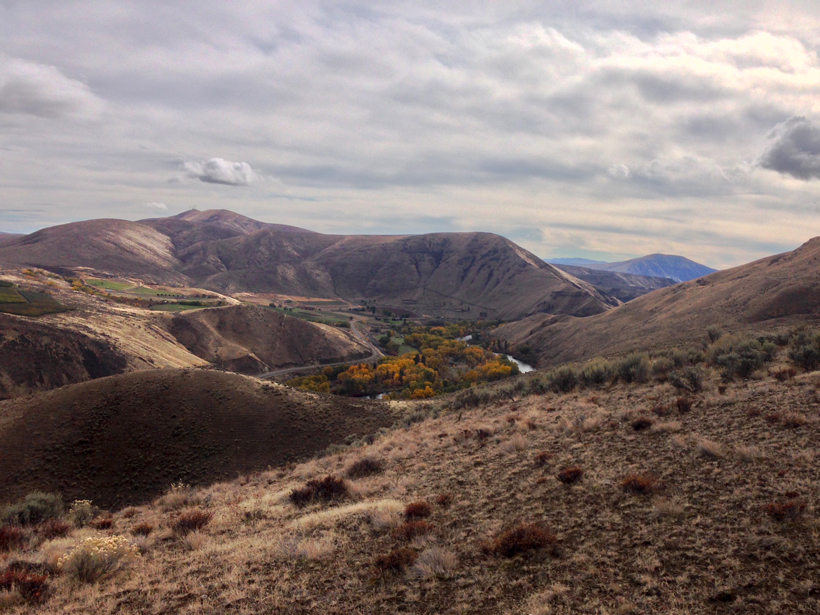Evidence collected following the 2011 eruption of Japan’s Shinmoedake volcano suggests that the powerful event affected the behavior of an active caldera nearby.
Hazards & Disasters
At-Sea Workshop Advances Subduction Zone Research
International Ocean Discovery Program Core-Log-Seismic integration at Sea (CLSI@Sea) workshop; Nankai Trough, Philippine Sea, off the coast of southwest Japan, January–February 2018
Four Ways Kīlauea Is Redrawing the Map
From burying communities to building new land, this historic eruption is changing the landscape of Hawai‘i Island.
Drones Swoop in to Measure Gas Belched from Volcanoes
A team of volcanologists, chemists, physicists, and engineers from around the world test novel techniques at Central America’s two largest degassing volcanoes.
Are We Prepared for an Asteroid Headed Straight to Earth?
A century after an asteroid crashed into Tunguska, Siberia, experts discuss the current lineup of missions to study asteroids and mitigate future disasters should another object from space hit Earth.
Upper Estuaries Found to Be Significant Blue Carbon Sink
Inland from the seagrass and salt marsh ecosystems that border the ocean, upper estuaries store more carbon than previously realized and could play an important role in mitigating climate change.
When Environmental Forces Collide
Multiple factors often interact to amplify the effects of severe storms, droughts, and other extreme water-related events.
Predicting and Avoiding Collisions in Space
Solar wind drivers affecting the satellite environment have about a one hour predictive horizon, but solar wind speed periodicities and ensemble modeling can extend the forecast interval.
New Strategies to Protect People from Smoke During Wildfires
Satellite measurements coupled with inexpensive air quality monitors could help protect humans from smoke particulates during wildfire events.
Constraining Central Washington’s Potential Seismic Hazard
Fault geometry and slip rate analyses show deformation in the Yakima Fold Province accelerated in the Pleistocene and has remained elevated, offering new insights into earthquake recurrence intervals.


